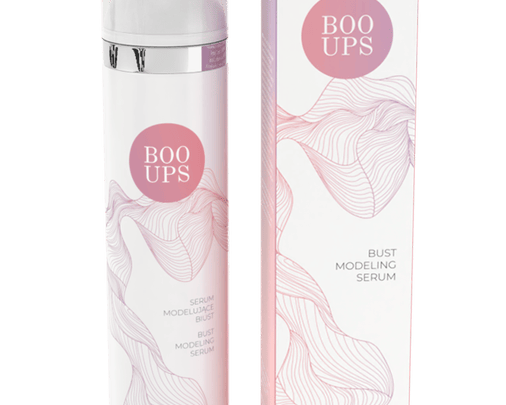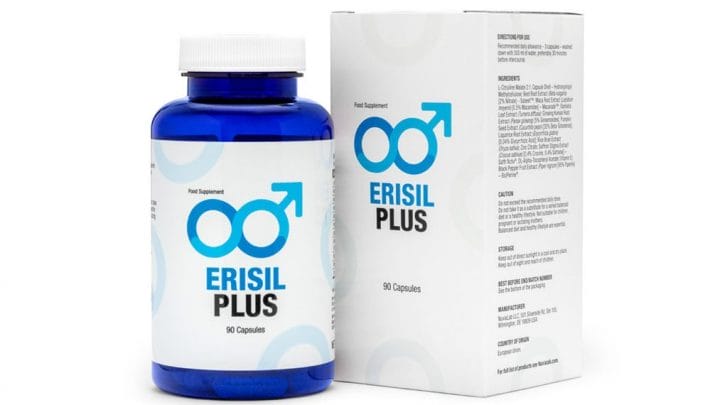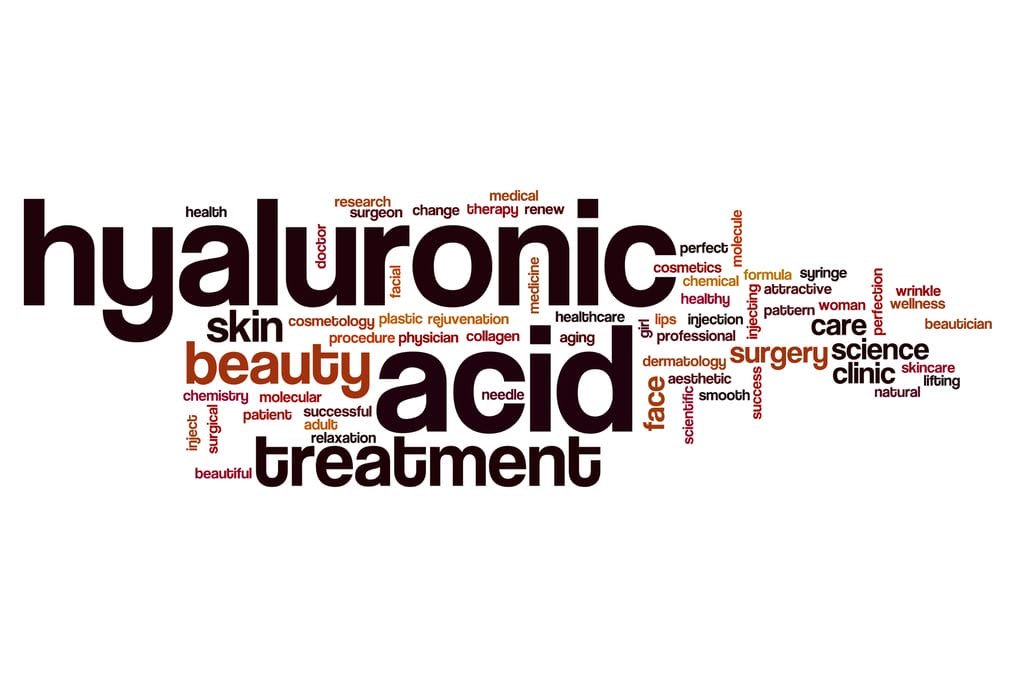
Hyaluronic acid – therapeutic properties and application in cosmetics
One of the most important attributes of beauty, both female and male, is undoubtedly a healthy, firm, elastic skin, smooth and without any disfiguring blemishes, discoloration and irritation. We should take care of it throughout life, using the best, proven cosmetics, having in its composition only natural and highly effective active substances. One of them is undoubtedly hyaluronic acid, which has a versatile application, both in medicinal preparations, as well as in cosmetics used for daily skin care.
Contents
What is hyaluronic acid and where it occurs naturally?
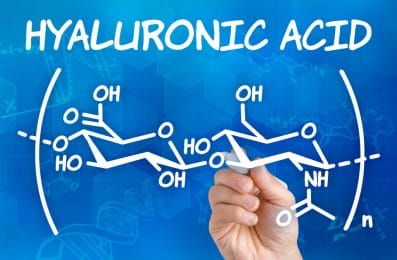
Nowadays it would be hard to find a person who hasn’t heard about hyaluronic acid at least once, until it has become so popular and widely used. Not without reason it is called “The elixir of youthHyaluronic acid, which is influenced by its numerous properties that are beneficial to health and beauty. It is not only a valued component of creams, tonics, and even shampoos and hair conditioners, you will also find it in many medicines used not only for the skin, but also to prevent other diseases such as arthritis. It is also used in aesthetic medicine in general, because it helps to stop and to some extent reverse skin aging.
Defining the concept of hyaluronic acid, abbreviated as HA (Hyaluronic Acid), we can say that it is a substance naturally synthesized in our body in the form of sodium salt, bearing the professional name of sodium hyaluronate, and can be found in the following organs and systems of the human body:
- the dermis;
- the vitreous body of the eye
- synovial fluid that covers the surface of joints from the inside and is responsible for their smooth movement;
- certain body fluids;
- Connective tissue;
- Muscle tissue;
- Cardiac muscle;
- the lymphatic system
- brain;
- kidney;
- blood serum.
What are the types of hyaluronic acid and the amount in the human body?
Chemically, we classify hyaluronic acid as an organic compound, specifically as a glycosaminoglycan (GAG), and interestingly, it has almost the same chemical structure in almost all animals, regardless of their species. Hyaluronic acid is divided into three basic groups, the criterion for the division is its molecular weight and the length of the chain of molecules, and we are dealing with:
- low molecular weight hyaluronic acid;
- Medium-molecular hyaluronic acid;
- High-molecular hyaluronic acid.
The average amount of hyaluronic acid in an adult human is about 15 g, but a large part, about 1/3, is removed and that is why you need to regularly replenish its deficiency in the body. The amount of naturally produced HA decreases with age, this process begins after 25 years of age, and around 80 years of age the production of this acid stops completely.
How is hyaluronic acid obtained?
Since we have to regularly replenish the arising deficiency of HA acid with the help of popular preparations, it has to beproduced in some way beforehand. Because it is almost the same in many animals, its source can be animal tissues such as cow eyeballs or shark skin.
Hyaluronic acid obtained in this way, however, is not one hundred percent “pure”, there are additional substances, biopolymers, metal cations or proteins that require removal, otherwise it can become the cause of allergic reactions. To avoid this, the acid is now produced using specially cultured strains of bacteria from the Streptococcus equifamily.
What are the most important properties of hyaluronic acid?
The versatile, even complex application of hyaluronic acid, in medicine and cosmetics, is a direct result of its numerous properties. Specialists in various fields of medicine and cosmetology divide them into two main groups:
1. therapeutic properties and applications
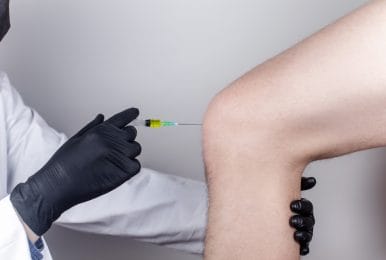
We start just with them, because the use of medical preparations created on the basis of hyaluronic acid brings numerous health benefits, helping in the treatment and prevention of many diseases. Its most important properties that you absolutely must know are:
- soothing irritation and inflammation of the eyeball, reducing the sensation of painful symptoms of “dry eye syndrome” or discomfort caused by wearing contact lenses for too long;
- responsibility for the formation of the proper structure of the vitreous body of the eye and its tear film;
- help in the detection of many other diseases, it is used as a so-called marker of diseases of internal organs e.g. liver, rheumatic ailments and tumors;
- supporting the treatment of female reproductive tract infections, supporting and accelerating the healing of wounds after gynecological operations, reducing the worst symptoms of menopause;
- counteracting ailments of the urinary system, including especially bothersome urinary incontinence and cystitis;
- soothing skin irritations and accelerating the healing of wounds, burns and ulcers;
- treatment of diseases of the anus, which is why hyaluronic acid is a component of drugs used for this purpose, e.g. treatment of anorectal diseases, therefore hyaluronic acid is a component of drugs used for this purpose, e.g. suppositories due to its properties of moisturizing the mucous membrane and accelerating wound healing, e.g. varicose veins of the anus, or hemorrhoids;
- regeneration of damaged vocal cords or ruptured eardrums, so it is used in otolaryngology;
- effective aid in the prevention and treatment of osteoarthritis, manifested by the development of inflammation or severe pain. One of their causes is the friction of joint surfaces against each other caused by a decrease in the amount of hyaluronic acid in the synovial fluid. That is why HA deficiency should be supplemented in the form of dietary supplements, such as Flexidium 400 recommended by specialists, or it can be injected directly into the joint.
2. cosmetic properties and use
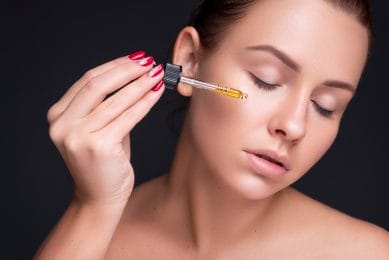
Another field in which hyaluronic acid has found its application is cosmetics, especially its areas dealing with skin, nails and hair. It is also commonly used in the aforementioned aesthetic medicine, both in surgical invasive procedures and in the production of cosmetics and popular dietary supplements. Just look at the labels of products that we have on the shelves in the bathroom and you will easily notice that in the composition of many of them there is just the right dose of sodium hyaluronate.
These include rejuvenating creams made on the basis of hyaluronic acid, inhibiting and quite significantly reversing the natural aging processes of the skin. Of course, these are not the only cosmetic properties of hyaluronic acid, it is also characterized by:
- high efficiency in binding water, studies have shown that just 1 gram of HA can bind as much as 6 liters of water. Thanks to this we will be able to maintain the correct level of skin hydration, preventing dryness, from the epidermis to its deep layers;
- Effective filling of wrinkles and other skin irregularities, such as those caused by acne, and high efficiency is demonstrated here by Royal Skin 500, one of whose components is hyaluronic acid;
- restoring lost firmness to the skin, the appropriate level of tension and elasticity, which gives a visible rejuvenating effect, stopping the aging processes, and preferablyThe best way to achieve this is to use the ÉleveRenew facial serum or to opt for a more invasive subcutaneous injection;
- Protecting the skin from the effects of most external factors, especially changing weather conditions, humidity, low and high temperatures, and especially harmful UV radiation;
- strengthening the weakened lipid barrier of the skin, which in turn protects it against the negative impact of harmful bacteria, viruses or fungi, while regulating water balance, preventing excessive evaporation of water from the epidermis;
- effective action on hair, which helps it regenerate, improves its structure, moisturizes from the roots to the ends. It makes them more flexible, resistant to damage and weathering, HA also gives them an exceptional shine;
- helps to carry other nutritional substances deep into the skin and hair structure, especially the water-soluble ones, e.g. B vitamins, including B9(folic acid) and B12 (cobalamin) and especially valuable for health vitamin C, which is an antioxidant removing free radicals.
What are the contraindications to the use of hyaluronic acid?
Despite such a wide range of application of hyaluronic acid, not everyone can benefit from its advantages. There are some contraindications to its use, both for medicinal and cosmetic purposes, although it extremely rarely causes allergic reactions. It is not primarily indicated:
- for pregnant and lactating women;
- patients undergoing cancer treatment;
- people with functioning disorders and thyroid diseases;
- skin diseases, herpes, eczema, inflammatory conditions;
- for problems with normal blood clotting.
Sources:
- https://www.healthline.com/nutrition/hyaluronic-acid-benefits
- https://www.healthline.com/health/beauty-skin-care/hyaluronic-acid-for-hair
- https://www.healthline.com/health/beauty-skin-care/hyaluronic-acid-for-acne


